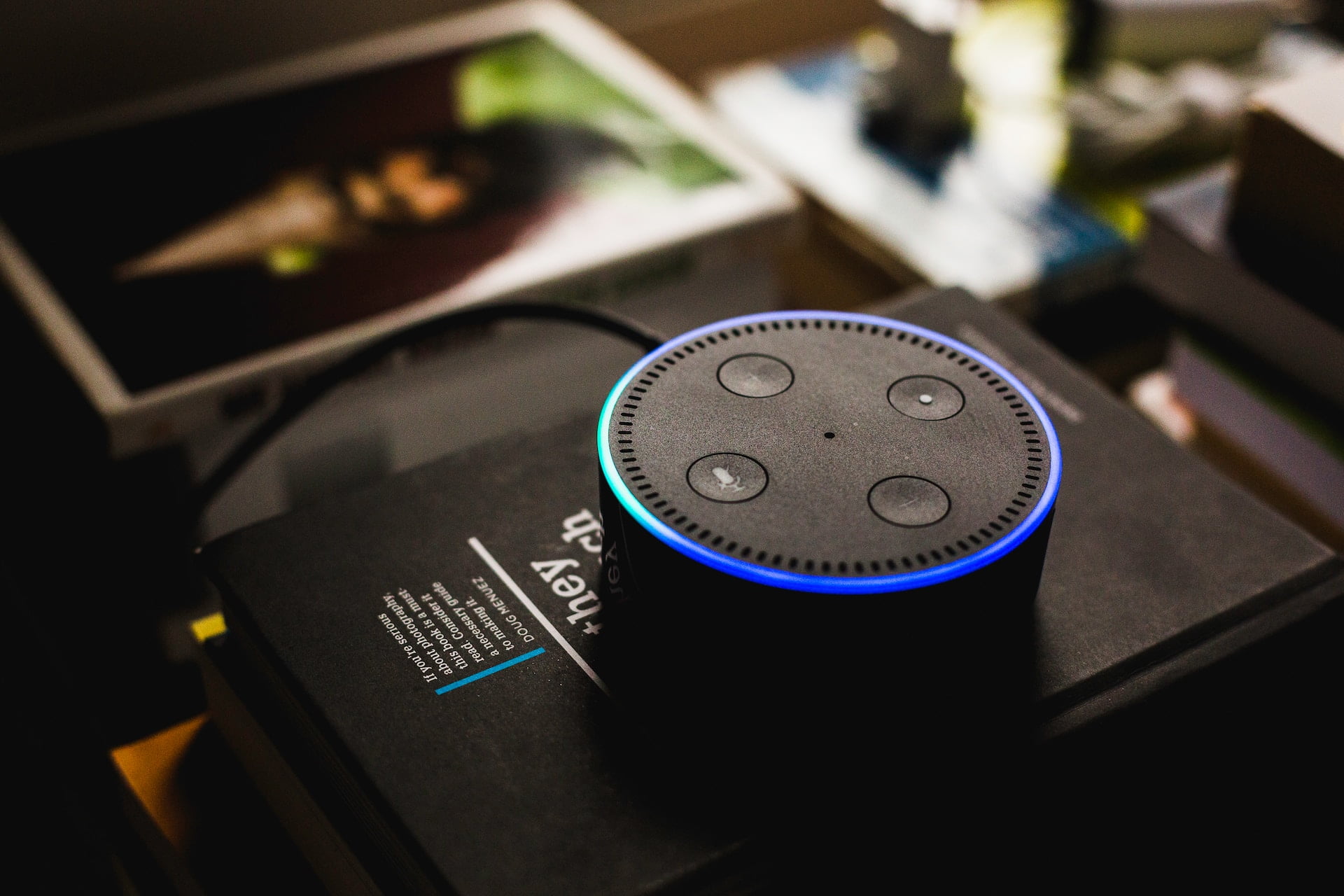
How AI Will Transform Digital Products in 2024
In today’s rapidly evolving digital landscape, the field of User Interface (UI) and User Experience (UX) design plays a pivotal role in shaping the success of digital products. As technology continues to advance, the integration of Artificial Intelligence (AI) is revolutionising the way UI and UX are approached. AI has the potential to transform digital products by enabling personalised user experiences, leveraging natural language processing, facilitating intelligent automation, enhancing visual design, analysing user behaviour, and addressing ethical considerations. In this blog post, we delve deeper into each of these areas and explore how AI will shape the future of UI and UX design in 2024.
Personalised User Experiences
One of the key areas where AI is revolutionising UI and UX design is in the creation of personalised user experiences. With AI-powered algorithms, digital products can analyse user data, preferences, and behaviour to deliver tailored experiences that cater to individual needs. AI algorithms can dynamically adapt to users’ preferences and habits, creating interfaces that are intuitive, efficient, and highly personalised. This level of personalisation not only enhances user satisfaction but also improves engagement and conversion rates, leading to more successful digital products.
Natural Language Processing
AI-powered natural language processing (NLP) is another game-changing technology that is set to transform UI and UX design. By understanding and interpreting human language, NLP algorithms enable digital products to communicate with users in a more natural and conversational manner. Voice assistants like Siri, Alexa, and Google Assistant are just the beginning of what NLP can offer. In the future, UI and UX designers will leverage NLP to create interfaces that can understand and respond to users’ queries, commands, and requests, making the interaction between humans and machines more seamless and intuitive.
Intelligent Automation
The integration of AI into UI and UX design also brings forth the potential for intelligent automation. AI-powered automation can streamline repetitive and mundane tasks, allowing designers to focus on more complex and creative aspects of their work. By automating certain design processes, such as prototyping, layout generation, and colour scheme selection, designers can save time and effort, enabling them to iterate and experiment more efficiently. Intelligent automation not only enhances productivity but also empowers designers to deliver high-quality interfaces in a shorter timeframe.
Enhanced Visual Design
AI’s impact on UI and UX design extends beyond functionality and into the realm of visual aesthetics. With advancements in computer vision and machine learning, AI can assist designers in creating visually stunning and engaging interfaces. AI algorithms can analyse vast amounts of visual data, identify patterns, and generate design recommendations based on established principles and trends. By leveraging AI to enhance visual design, designers can create interfaces that are not only visually appealing but also align with user expectations and preferences.
User Behaviour Analysis
Understanding user behaviour is crucial in designing effective and user-centric digital products. AI-powered analytics tools can analyse user interactions, track user journeys, and provide valuable insights into user behaviour. By collecting and analysing data on how users navigate through an interface, where they encounter difficulties, and what actions lead to desirable outcomes, designers can make informed decisions and optimise their designs accordingly. AI-powered user behaviour analysis empowers designers to create interfaces that are intuitive, user-friendly, and aligned with user expectations.
Ethical Considerations
While AI has the potential to transform UI and UX design for the better, it also raises important ethical considerations. Designers must ensure that AI-powered interfaces are transparent, fair, and respectful of user privacy. They should also be mindful of potential biases that AI algorithms may introduce and work towards creating inclusive and accessible designs. The future of UI and UX design lies in the responsible and ethical integration of AI, ensuring that digital products enhance user experiences without compromising user rights and values.
Conclusion
The transformative impact of AI on UI and UX design is undeniable. In the near future, AI will enable personalised user experiences, leverage natural language processing, facilitate intelligent automation, enhance visual design, analyse user behaviour, and address ethical considerations. As UI and UX designers embrace AI-powered tools and methodologies, they can create digital products that are intuitive, engaging, and aligned with user needs. However, it is crucial to approach AI integration with a user-centric mindset and prioritise ethical considerations to ensure that technology serves humanity in the most meaningful and responsible way possible. With AI as a powerful ally, the future of UI and UX design is bound to be exciting and full of possibilities.
